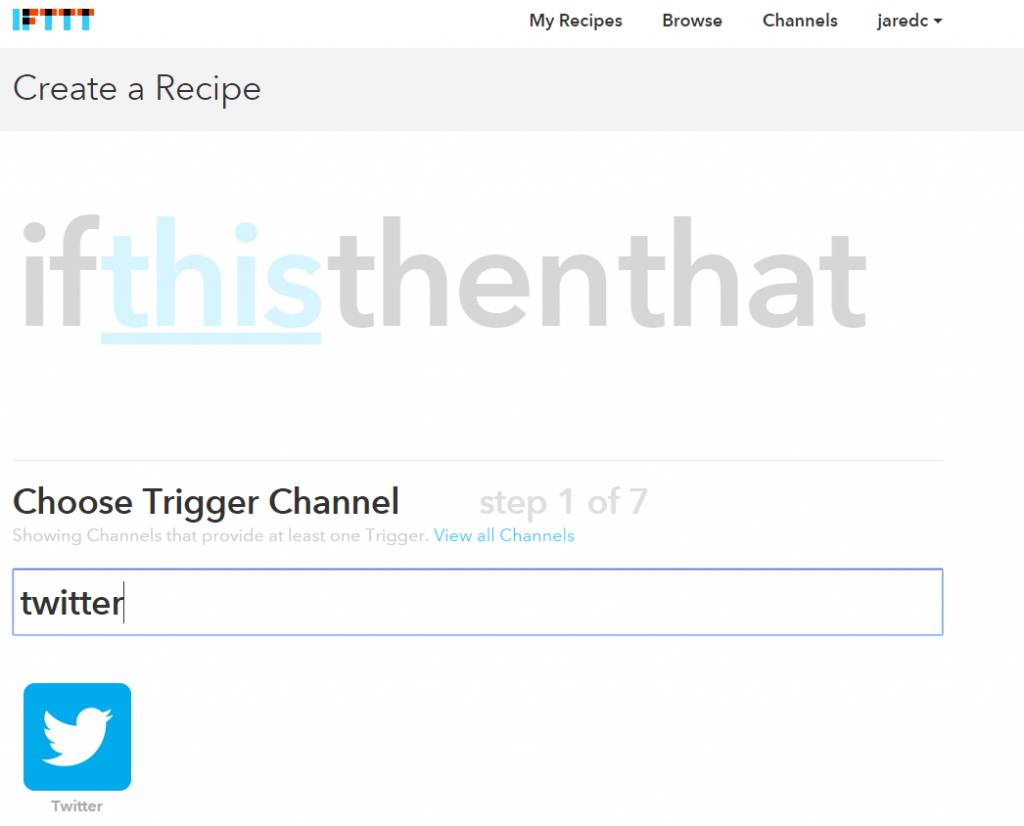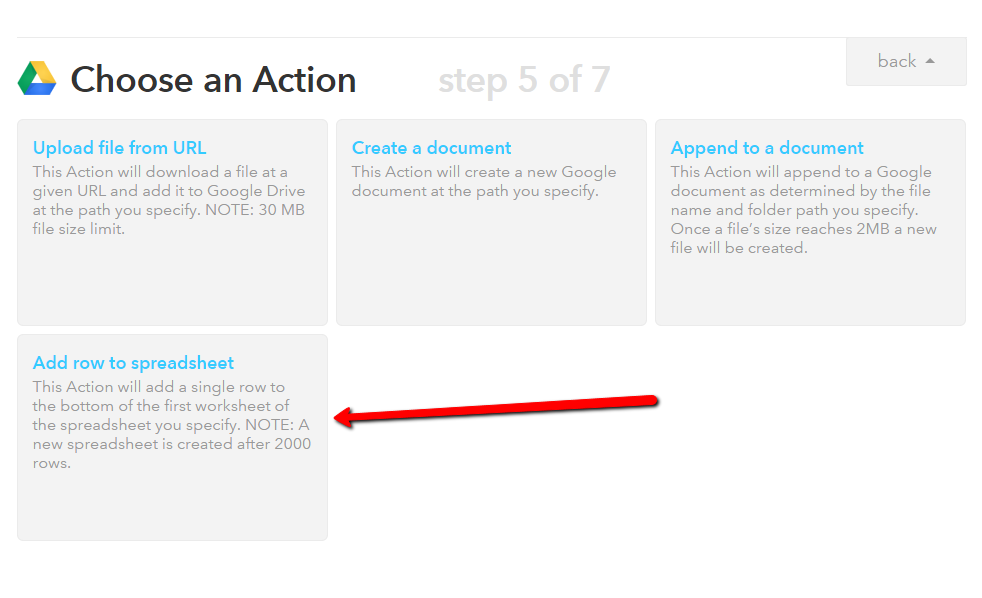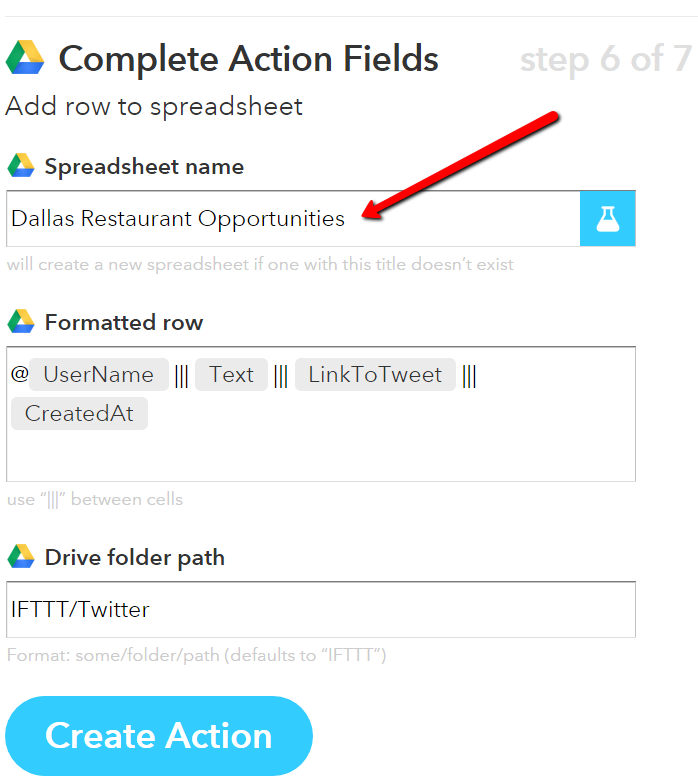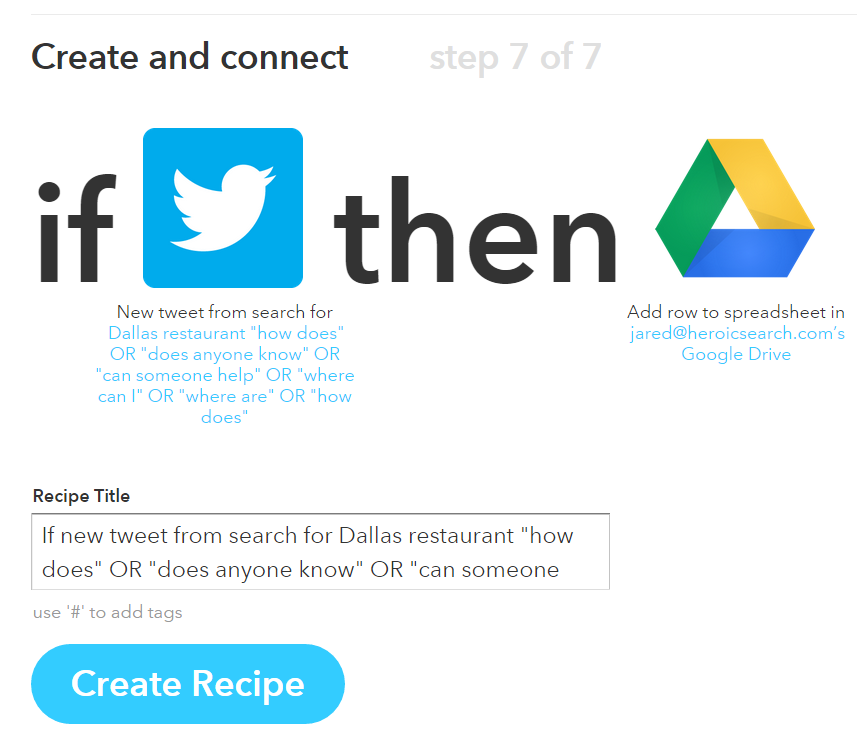My favorite new method of getting links and mentions is PR, by far. And when I say “new method,” I mean favorite-way-to-get-links-that-hasn’t-been-crippled-by-spammers. For the most part, it’s an avenue that is very hard to duplicate and can’t be scaled, so it has a lot of built-in safety from future algorithm updates.

Image credit: Photobucket
Traditional PR mentality states that you need to have a contact list more valuable than the Glengarry leads and email blast prospects with what are essentially novels to be able to get any results. Luckily, we have other methods and tools like social media and newsletters like HARO at our disposal that, through trial and error, we can hone so these valuable mentions come to us.
Enter Twitter.
The Twittersphere is stupid excellent for generating leads and various PR opportunities. Journalists, anchors, customer prospects, bloggers, and even businesses like real estate use the platform to find and vet sources on the fly. It’s by far the single most underutilized tool when it comes to digital PR.
That said, Twitter is a vast place, so how are you supposed to find all these opportunities flying around you? That answer is twofold; Twitter search operators and IFTTT (Zapier will work too) are the keys.
Sidenote: Keep in mind, I’m writing this from an agency perspective, so while it’s my primary goal to provide the highest quality to our clients, I also have to think about scale. “How can I make this process work for all my clients?” is always in my mind. That’s why the automation portion of this is crucial.
First, Twitter Queries
To be able to find these press opportunities, you’ll first need first to know which queries to use on Twitter. They have some great information on what kind of operators they support here, but to get started, you can get by with just some quotations, minus, and capitalization.
So, how do you figure out what journalists are searching for? Just put yourself in their shoes. They often need sources for stories, so do a few experimental searches on Twitter, and you’re likely to find common phrases like this:
- “share your story”
- “email me at”
- “#urgharo”
- “for a story”
- “for an article”
- “writing an article”
- #journorequest
- #bloggerrequest
- #prrequest
If you have trouble brainstorming more common queries, you can always browse through the journalists’ profiles themselves and try and find some requests.
And you don’t have to stop with generic queries… what about speaking opportunities?
- “submit your pitch”
- “want to present at”
- “submit speaker proposals”
- “submit speaker application”
- “want to be a panelist”
- “apply to speak”
- “speakers wanted”
- “call for papers”
- “call for speakers”
- “call for panelists”
- “panelist application”
- “submit your speaker proposal”
Bonus: Automate searches for individual conferences.
…or interviews?
- “available to interview”
- “can interview”
- “available to be interviewed”
…or answering questions?
- “how does”
- “does anyone know”
- “can someone help”
- “where can I”
- “where are”
- “how does”
- -“http” to help take out some links (hat tip: SM Worldwide)
As you can probably predict, finding leads using these searches becomes a delicate balance of specificity. Include too broad of terms and sorting through the results becomes a full-time job, too specific and you’ll lose some of the opportunities. You need to creatively pair most all of these queries with other designators, so you keep the results as relevant and efficient as possible.
For example, you’re likely not looking for a full-time job, so when you use the interview queries you’ll want to add things like -hire, or -job. Then a possible combination becomes:
“available to be interviewed” -job -hire
Also, you want to condense as much as possible, and you can do this by adding “OR” between queries. For instance, if I’m trying to watch out for new customer opportunities for a local restaurant, I might use something like this:
Dallas “how does” OR “does anyone know” OR “can someone help” OR “where can I” OR “where are” OR “how does”
Next up, Connecting IFTTT
Now that we have our queries ready, we need to specify how we want it delivered to us. In case you don’t have much experience with IFTTT (If This Then That), it’s a tool that connects APIs so that you can streamline processes (like this one). It’s super easy to use, I promise.
Once logged in, you want to start creating a recipe. You’ll begin with the “This” part of the recipe – in this case, that’s Twitter.

From there, we need to specify what kind of action IFTTT should look for from Twitter. In this case, we want it to scour for tweets that match our query and bring them to us. For this, you’ll want to select “New tweet from search”.

And that’s it, create the trigger, and you’re done (for the “This” part of the equation).

Now we want to connect the “That” portion. For Heroic Search clients, we prefer to have results dumped into Google Drive so we can view the results systematically by the client.

Just like choosing a Twitter action, we’ll need to do the same for Google Drive. In this case, we’ll choose “Add row to spreadsheet.” This way, every time there’s a tweet that matches our parameters, IFTTT will know where to put it.

Next, you’ll specify what you want the name of the spreadsheet to be. I named this one “Dallas Restaurant Opportunities,” but you should use whatever name fits your needs. You can use the other two fields for more customization. For instance, we have multiple recipes that filter into separate spreadsheets sometimes. So we usually condense them into our client’s folder (i.e., IFTTT/Twitter/ClientXYZ)

And you’re done. Simply confirm that everything is correct and create the recipe.

Once you get a feel for creating these recipes, you can go back and develop combinations to be able to grab more; this can lead to some precious opportunities. Even just using this example, I found these tweets:
Does anyone know of a good Mexican restaurant in the Dallas area?
— Emily Burns (@EmilyBe_xoxo) June 3, 2014
#Dallas where can I find a restaurant or bar with a jazz trio? There has to be such a thing with good food and great drinks?
— Kevin Dunn (@KevinTechExec) October 25, 2014
Where are your favorite places to drink Wine in Dallas? Can be a public place (park) or a restaurant!
— Betsy Segars (@DallasSocials) February 16, 2015
Craving #ArgentineFood… where are the best places to fill such craving in #Dallas? #DallasFoodie #Restaurant
— Sarah Lati (@dashofsarah) February 19, 2015
Now, these tweets are a bit old of course, so you’d want to change some things around and play with the queries on Twitter before creating something permanent in a spreadsheet. Even small tweaks like adding a type of cuisine – “Dallas Italian…” or “Dallas Mexican…” yields results. The opportunities to generate leads from Twitter are there; they’re just waiting for someone like you to respond.
Your turn. I haven’t come up with every possible query you can use, so share your favorites in the comments below!

Comments:
Elizabeth Hall (@SmartOfficeHelp)
This article has some awesome tips. I'm a huge fan of using Twitters Search engine to find my target audience. It is definitely under used. I always recommend using Twitter to my clients.
cody
Thanks so much for the comment Elizabeth, glad you agree! Are there any special queries that you often recommend?